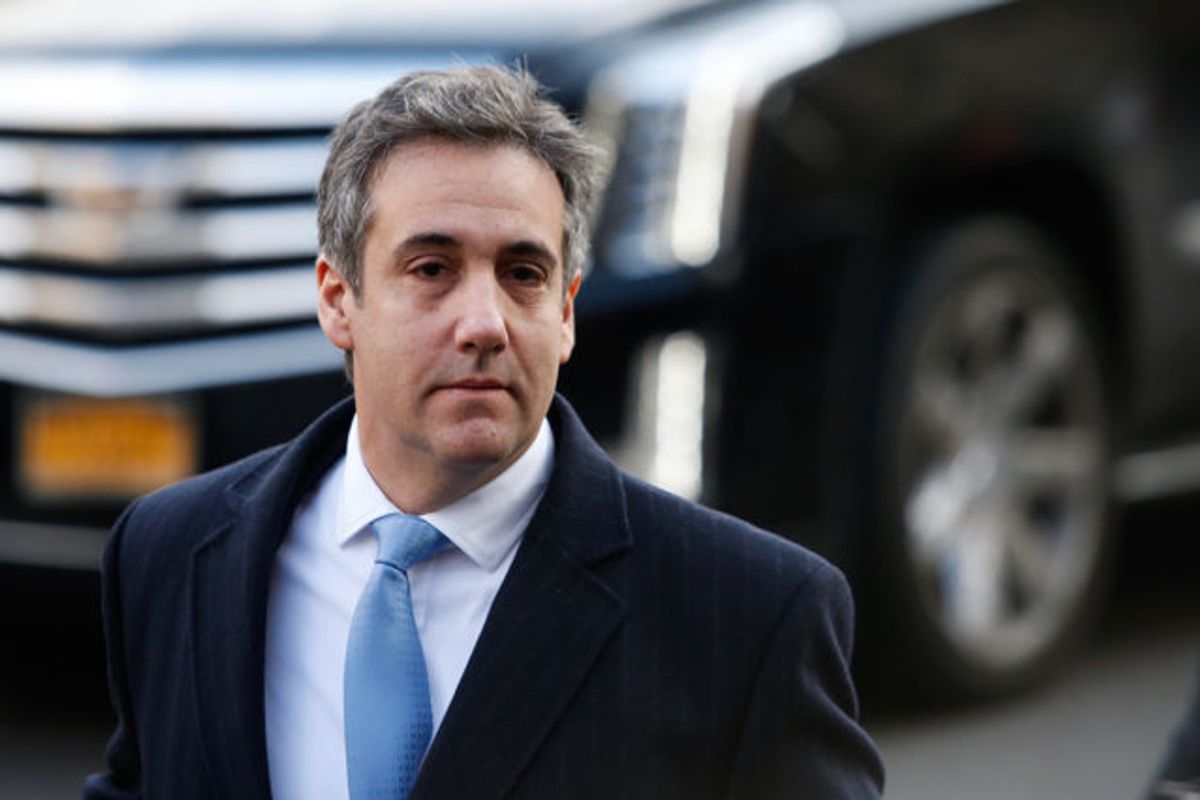
It was inevitable that Bill would undercut Hillary.
The latest evidence is the scolding that Bill Clinton took from the Black Lives Matter protesters in Philadelphia and his biting remarks in defense of the Violent Crime Control and Law Enforcement Act of 1994, one of his signature accomplishments as president. It wasn’t a good day for the Clintons.
Bill Clinton’s defensiveness had everything to do his own legacy. However, his job that day was to build the potential for his wife’s legacy — as the first female president.
Those who jeered the former president were arguably inappropriate in their conduct — and yet also spot on for connecting the dots in a very different and painful legacy, the often abusive and often lethal way American law enforcement treats black citizens.
A scathing report just released on the institutionalized racism within the Chicago Police Department highlights some aspects of aggressive policing with roots in the crime-fighting efforts of the 1990s. The same goes for the abhorrent systemic bias detailed in the Justice Department report that followed the protests in Ferguson, Mo.
But Clinton and those heckling him were talking past each other; each offered an impassioned case while failing to acknowledge the validity of the other’s view. What a perfect summation of politics in 2016.
Clinton, at age 69, was hyperaware that some critics in the crowd probably weren’t even alive when he was president. Or they were in diapers.
The tough-on-crime messages resonated in America back then. Murder and other violent crime rates had been climbing for decades. They had already peaked by the time Clinton took office, but we only know that in hindsight.
Major newspapers had reporters assigned to gang coverage. Crips and Bloods and their red and blue colors dominated the imagery as they spread from their origins in Southern California. It didn’t matter that in many cities the new groups were merely wannabes. They sold drugs and committed murder, often over territory for drug sales. There were gang summits to arrange truces between rival factions.
Crack, the crystallized, smokable form of freebase cocaine, had become a new commodity in many cities. Highly addictive, crack mowed down a broad swath of people into its grip. The gun violence associated with it, drive-by killings, devastated whole neighborhoods.
African-American teenagers involved in the sale of crack were pre-paying and planning their own funerals. Clinton mentioned that memory.
Back then, meth was unheard of. Even as new ways to synthesize it were being developed and it started to afflict rural communities, it didn’t receive much coverage. Meth, after all, began as a poor white person’s drug. The prevailing theme was a hyper-focus on black communities, black drug dealers, black users of drugs and, only thirdly, black victims.
The sweeping crime bill was a response to all of this. It’s become an Achilles heel for Hillary Clinton. She supported it verbally at the time. And she’s backed away as the bill’s impact on increased incarceration rates gets more attention, which was the point of the protester. Bernie Sanders also voted for it as a member of the House of Representatives, although he was critical of some aspects.
The bill did a lot of things, some of constructive and others questionable for long-term outcomes.
Nearly 100,000 police officers were added to American cities, many in the context of community policing. Drug courts were developed, a way for nonviolent offenders to get help with addiction and never enter the prison system. And it poured money into the states to construct more prisons. It also instituted the three-strikes rule, a toughening of sentencing for offenders who racked up felony convictions.
What was not adequately addressed in mid-’90s, and still hasn’t been, was the social pathology of drugs: the factors that cause people to turn to drugs, either as users or sellers, and the way that drugs make victims of entire communities.
Choosing the Violent Crime Control and Law Enforcement Act of 1994 as a watershed, a bright line demarcating when some trends of incarceration began and others in violent crime began to drop, leads to distortion.
Incarceration rates had begun to rise long before the bill was passed. And violent crime rates began to plummet before the bill’s provisions fully went into effect. So sorting out cause and effect is perilous.
But such nuance doesn’t make for good protest signs at a rally. Nor is it easily explained from a podium.
Ask Bill Clinton.
(Mary Sanchez is an opinion-page columnist for The Kansas City Star. Readers may write to her at: Kansas City Star, 1729 Grand Blvd., Kansas City, Mo. 64108-1413, or via e-mail at msanchez@kcstar.com.)
(c) 2016, THE KANSAS CITY STAR. DISTRIBUTED BY TRIBUNE CONTENT AGENCY, LLC
Photo: An inmate’s family member stands outside the Topo Chico prison as a prison officer stands guard on a watch tower in Monterrey, Mexico, February 11, 2016. REUTERS/Daniel Becerril


